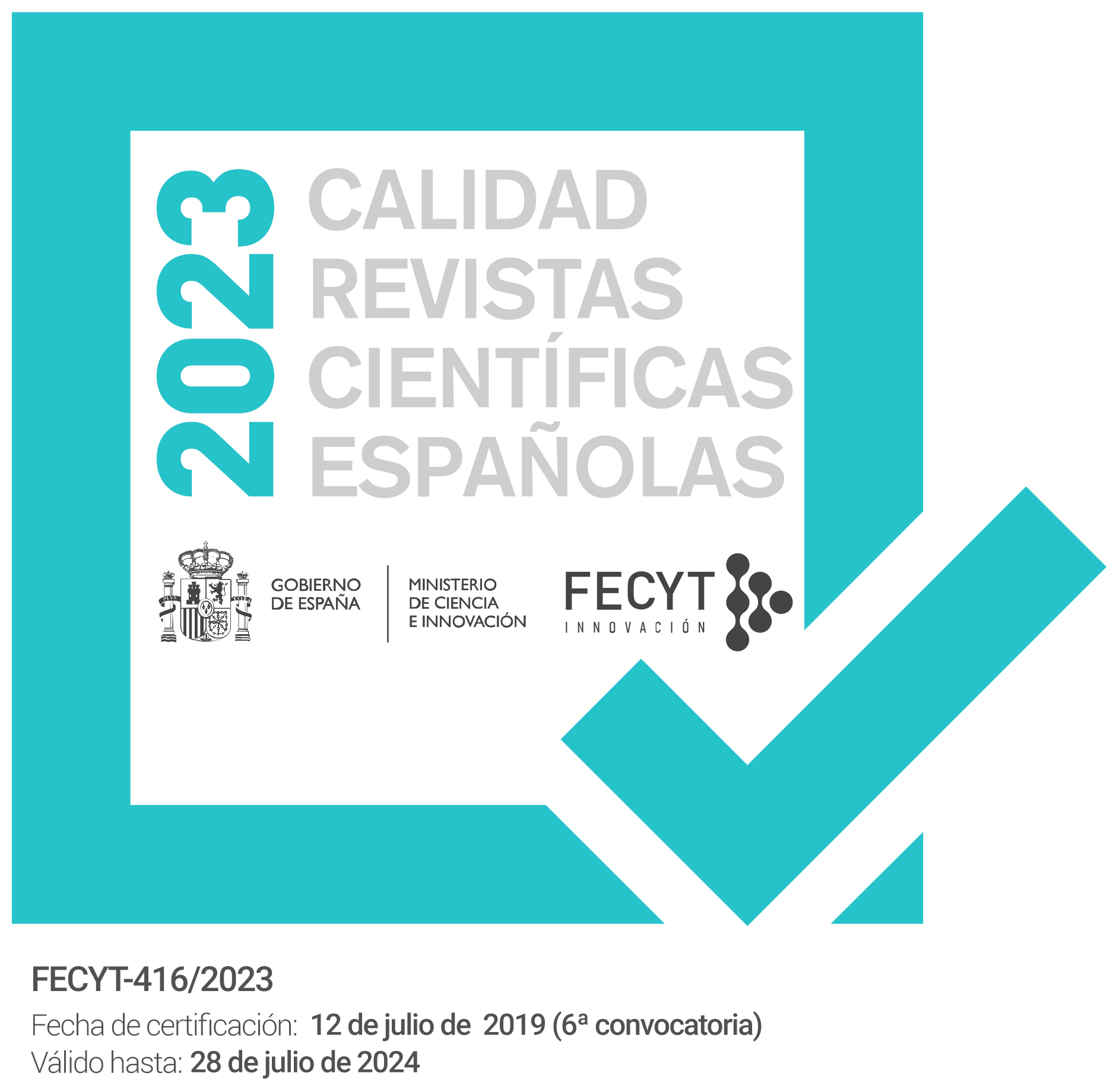Micología norteafricana. De la Prehistoria al mundo antigua
Keywords:
hongos, arqueología, Norte de África, mushrooms, archaeology, History, North AfricaAbstract
La mayor parte de los estudios sobre botánica se han centrado en el examen de las plantas, analizando aspectos comerciales, prácticos o simbólicos. Sin embargo, también los hongos han jugado un papel importante a lo largo de la Historia, aunque, por lo general se les ha prestado poca atención. El presente artículo tiene por objetivo examinar varios de los hongos que fueron conocidos en el pasado en esta zona y el papel que pudieron jugar entre sus habitantes.
Traditionally botany studies have been centred around the examination of the plants, analyzing the commercial, practical or symbolic aspects. However, fungus has also played an important role throughout history although generally they have not received much attention. The objective of this article is to examine several fungi that were known in the past in this area and the roll that they could have played with the old inhabitants of the area.
Downloads
Downloads
Issue
Section
License
The articles are open access distributed under the terms of the Creative Commons Attribution-NonCommercial-NoDerivatives (CC BY-NC-ND) Spain 4.0 license. Authors who publish in this journal agree with the following terms:
a) Authors retain the copyright and guarantee the journal the right to be the first publication of the work as well as licensed under a Creative Commons Attribution License that allows others to share the work with a recognition of the authorship of the work and the Initial publication in this magazine.
b) Authors may separately establish additional agreements for the non-exclusive distribution of the version of the work published in the journal (for example, place it in an institutional repository or publish it in a book), with recognition of its initial publication in this magazine.
c) Authors are allowed and encouraged to disseminate their work electronically (for example, in institutional repositories or on their own website) before and during the submission process, as it may result in productive exchanges, as well as a earliest and largest citation of published works (See The Effect of Open Access).



